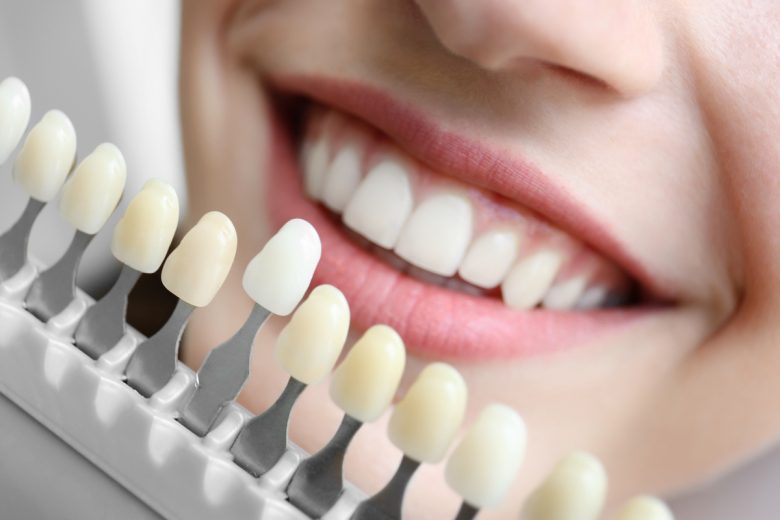Introduction The temporomandibular joint (TMJ) serves as a vital hinge connecting your jawbone to your skull, facilitating essential movements like chewing, speaking, and yawning. However, issues with this joint can lead to discomfort, pain, and restricted movement, known as temporomandibular joint disorder (TMD). In Singapore, effective tmj treatment Singapore options are available to alleviate these symptoms and improve overall quality of life.
What is TMJ Disorder? Heading: Unraveling the Complexity of TMJ Disorder
TMJ disorder encompasses a range of conditions affecting the jaw joint and surrounding muscles, commonly characterized by pain or discomfort in the jaw area. This disorder can result from various factors, including stress, teeth grinding, misalignment of the jaw, arthritis, or injury to the jaw joint.
Symptoms of TMJ Disorder Heading: Recognizing the Signs of TMJ Disorder
Identifying TMJ disorder early is crucial for prompt treatment. Common symptoms include:
- Jaw pain or tenderness
- Difficulty chewing or discomfort while eating
- Clicking or popping sounds when opening or closing the mouth
- Locking of the jaw joint
- Headaches or earaches
- Facial pain or discomfort
Diagnosis of TMJ Disorder Heading: The Importance of Accurate Diagnosis
Diagnosing TMJ disorder typically involves a comprehensive evaluation by a dentist or maxillofacial specialist. This assessment may include:
- Review of medical history and symptoms
- Physical examination of the jaw and surrounding areas
- Imaging tests such as X-rays, MRI, or CT scans
- Dental examination to assess tooth and jaw alignment
Treatment Options for TMJ Disorder Heading: Tailored Solutions for TMJ Relief
Treatment for TMJ disorder aims to alleviate pain, improve jaw function, and address underlying causes. In Singapore, various effective treatment options are available, including:
- Lifestyle Modifications:
- Stress management techniques to reduce jaw clenching or teeth grinding.
- Dietary changes, such as avoiding hard or chewy foods that strain the jaw.
- Medications:
- Pain relievers, muscle relaxants, or anti-inflammatory drugs to alleviate discomfort and inflammation.
- In some cases, corticosteroid injections may be recommended for severe pain relief.
- Oral Appliances:
- Splints or mouthguards to realign the jaw and prevent teeth grinding or clenching.
- Customized occlusal splints designed to fit the patient’s mouth comfortably.
- Physical Therapy:
- Exercises to strengthen jaw muscles and improve flexibility.
- Manual therapy techniques like massage or ultrasound to reduce muscle tension.
- Dental Procedures:
- Orthodontic treatment to correct misalignment of teeth and jaws.
- Dental restorations to repair damaged teeth and improve bite alignment.
- Surgical Intervention:
- In rare cases where conservative treatments fail, surgical procedures like arthrocentesis, arthroscopy, or joint replacement may be considered.
Enhancing Quality of Life through Effective TMJ Treatment
Temporomandibular joint disorder can significantly impact daily life, causing pain and discomfort that interfere with essential functions like eating and speaking. Fortunately, individuals in Singapore have access to a range of advanced treatment options tailored to their specific needs. By seeking timely intervention and adopting appropriate management strategies, individuals with TMJ disorder can experience relief and regain optimal jaw function, improving their overall quality of life.



